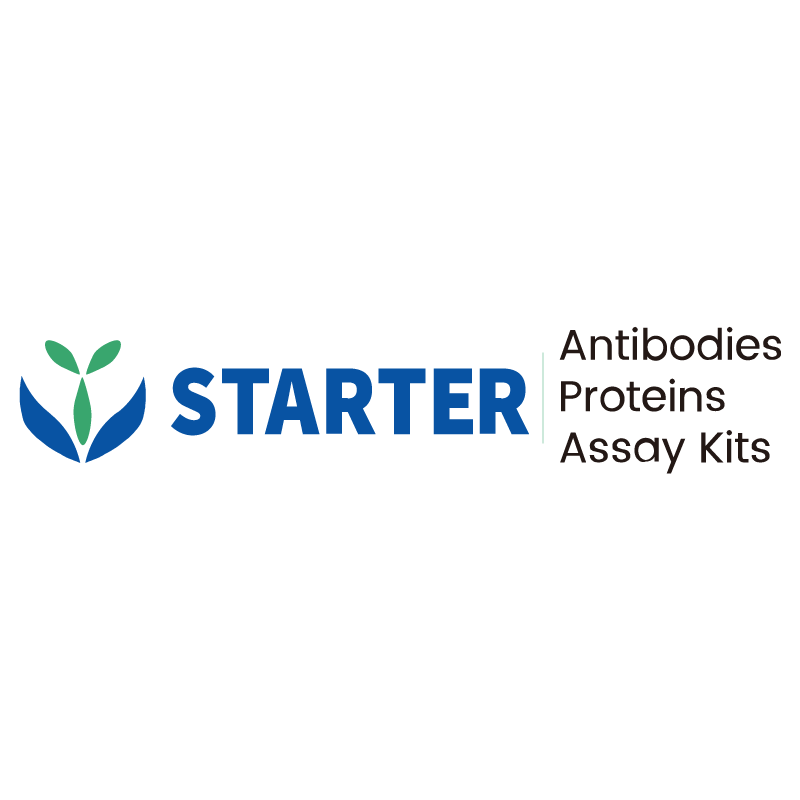Product Details
Product Details
Product Specification
| Host | Rabbit |
| Synonyms | Muellerian-inhibiting factor, Anti-Muellerian hormone, Muellerian-inhibiting substance (MIS), MIF |
| Immunogen | Recombinant Protein |
| Location | Secreted |
| Accession | P03971 |
| Clone Number | SDT-270-50 |
| Antibody Type | Recombinant mAb |
| Isotype | IgG |
| Application | CLIA, Sandwich ELISA |
| Reactivity | Hu |
| Purification | Protein A |
| Concentration | 2 mg/ml |
| Purity | >95% by HPLC |
| Conjugation | Unconjugated |
| Physical Appearance | Liquid |
| Storage Buffer | PBS pH7.4, 0.03% Proclin 300 |
| Stability & Storage | 12 months from date of receipt / reconstitution, 2 to 8 °C as supplied |
Dilution
| application | dilution | species |
| Sandwich ELISA | N/A | null |
| CLIA | N/A | null |
Background
Anti-Müllerian hormone (AMH), also known as Müllerian-inhibiting hormone (MIH), is a glycoprotein hormone structurally related to inhibin and activin from the transforming growth factor beta superfamily, whose key roles are in growth differentiation and folliculogenesis. In males, inadequate embryonal AMH activity can lead to persistent Müllerian duct syndrome (PMDS), in which a rudimentary uterus is present and testes are usually undescended. AMH measurements have also become widely used in the evaluation of testicular presence and function in infants with intersex conditions, ambiguous genitalia, and cryptorchidism. In healthy females AMH is either just detectable or undetectable in cord blood at birth and demonstrates a marked rise by three months of age; while still detectable it falls until four years of age before rising linearly until eight years of age remaining fairly constant from mid-childhood to early adulthood – it does not change significantly during puberty. The rise during childhood and adolescence is likely reflective of different stages of follicle development. From 25 years of age AMH declines to undetectable levels at menopause. Comparison of an individual's AMH level with respect to average levels is useful in fertility assessment, as it provides a guide to ovarian reserve. A higher level of anti-Müllerian hormone when tested in women in the general population has been found to have a positive correlation with natural fertility in women aged 30–44 aiming to conceive spontaneously, even after adjusting for age.
Picture
Picture
Paired Recommendations


